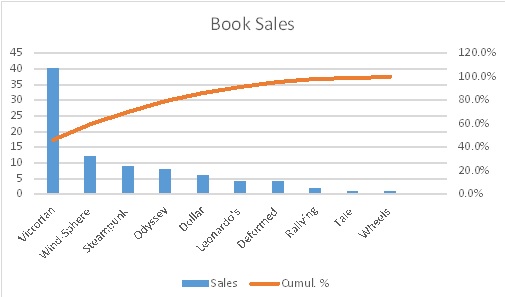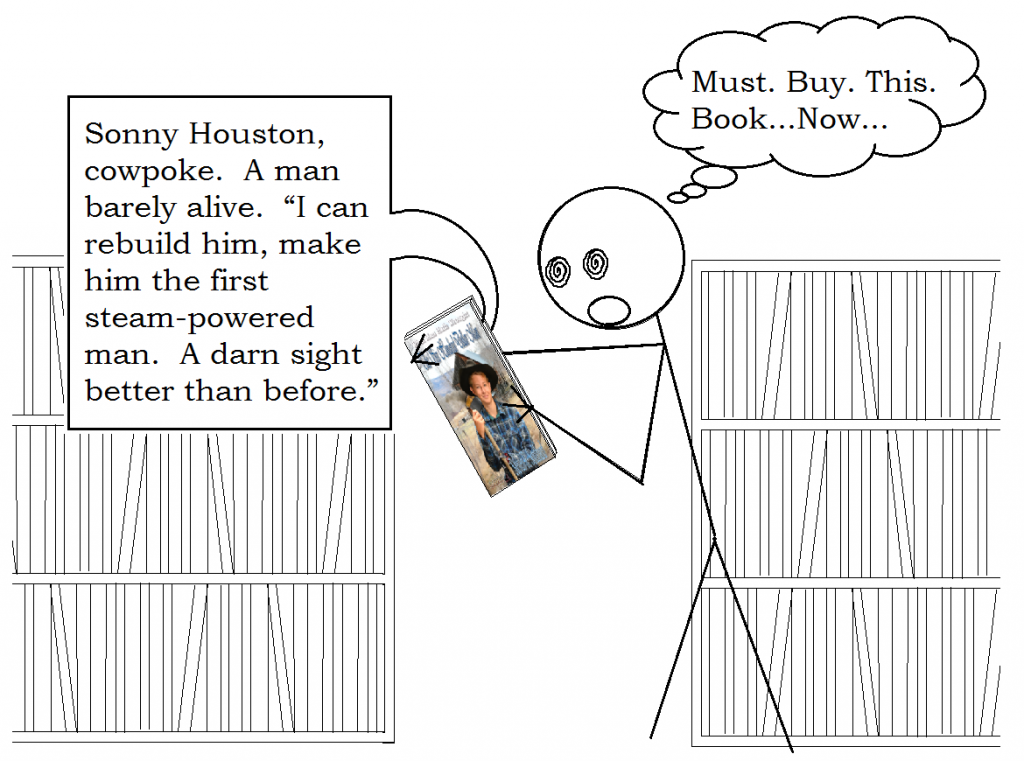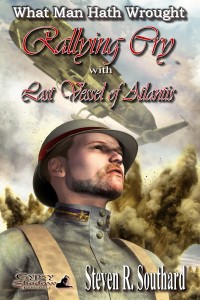In previous posts, I’ve mentioned ‘author branding’ a few times in passing, and wrote a post on ‘author platforms.’ But what’s the difference between the two, and is one more important than the other?
First, let’s define both terms. In Brian Niemeier’s post on the subject, he quotes Jane Friedman’s definition:
Author Platform = the proven ability to reach a target audience with visibility and authority
Niemeier then cites Joe Konrath’s definition of brand:
Author Brand = the reader’s linkage of author name with a positive reading experience
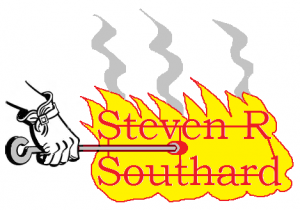 To understand branding, think of the effort major corporations put into getting customers to associate the corporations’ products and logo with a happy experience.
To understand branding, think of the effort major corporations put into getting customers to associate the corporations’ products and logo with a happy experience.
Philip Martin has listed the ways author branding is akin to religious faith, though I wouldn’t go that far, and the analogy with religions quickly breaks down. In my view, it’s better to think of branding in the context of corporations, such as those marketing fast food or soft drinks.
Even better, think of your favorite authors. Just the act of recalling each of their names evokes the linked memories of your satisfaction with their books. For each author, you form the mental gestalt of their genre, writing style, typical settings, and common character types. The whole pleasurable reading experience comes flooding back to you upon the mere mention of a name.
That’s the effect you want to create in your readers. How do you do that? First, write great fiction. Ensure some commonality between your stories, in genre, style, settings, or character types. The more of these that are in common between your books, the more effective your branding will be, since readers will better know what to expect. You’ll achieve the consistency necessary for closer linkage of your name with your body of work. Lastly, you’ll have to do the marketing necessary to keep reinforcing that mental connection of name to experience.
Once you achieve effective branding, where a tribe of loyal readers associates your name with a great reading experience, then they will spread the word about you, and through them you’ll reach new readers. It’s that ability to reach new readers that is your platform.
Having defined and described platform and branding, what is the relationship between the two? Obviously, they’re related and intertwined. If you have a recognizable brand, you’ll have constructed a platform, which further establishes and cements your brand.
Think of platform as being from the point of view of a major publisher. Traditional publishers don’t often risk publishing works by authors who don’t already have a platform. Think of brand as being from the point of view of the reader. It’s in the reader’s mind where the desired linkage of name and experience occurs.
In my view, brand comes first, then it builds your platform, which then reinforces your brand and they snowball together after that.
That’s it, pardner. I reckon you better stop readin’ this an’ start heatin’ up your brandin’ iron. You got a heap o’ work to do, and so does—
Poseidon’s Scribe

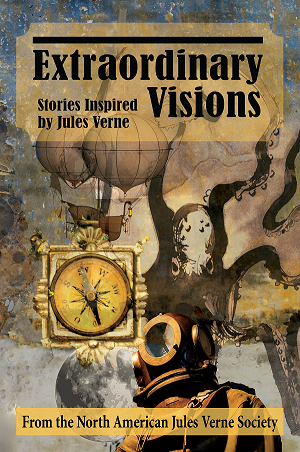
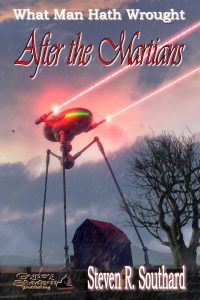
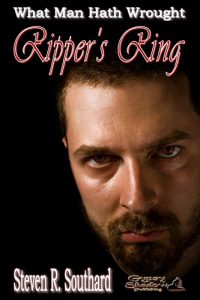
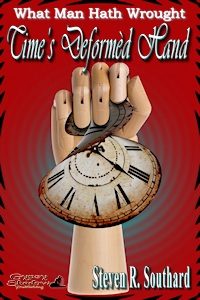




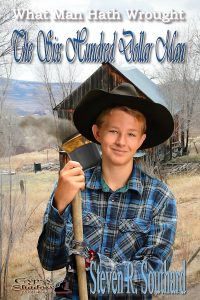
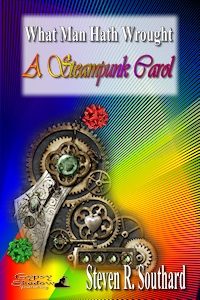


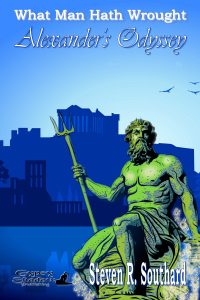
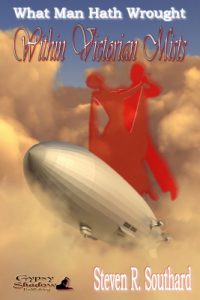

 To understand branding, think of the effort major corporations put into getting customers to associate the corporations’ products and logo with a happy experience.
To understand branding, think of the effort major corporations put into getting customers to associate the corporations’ products and logo with a happy experience. Vilfredo Pareto
Vilfredo Pareto